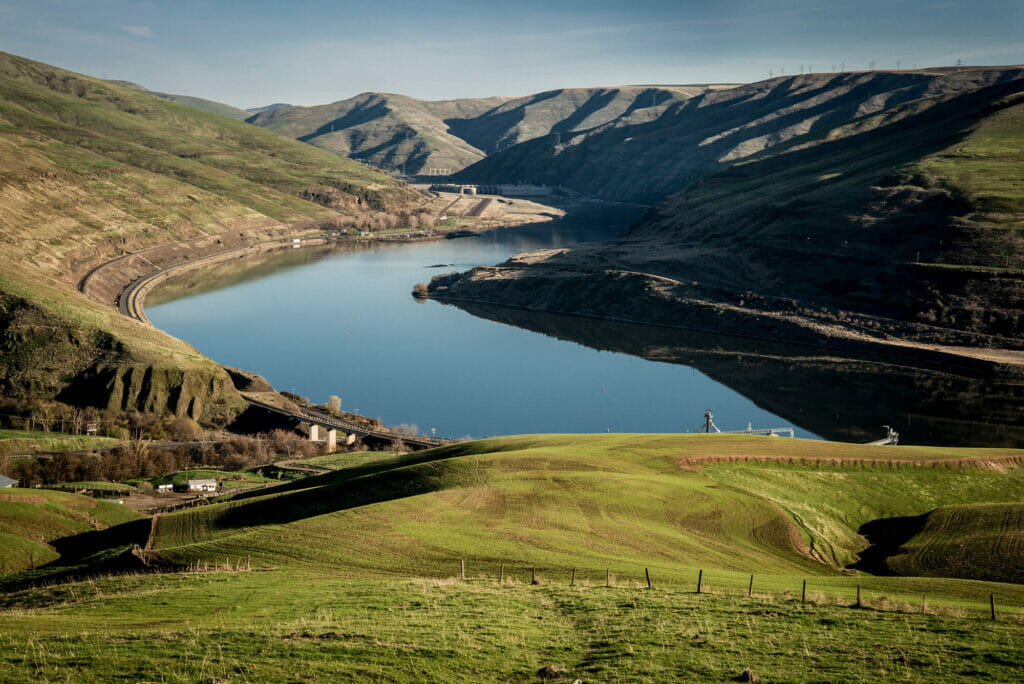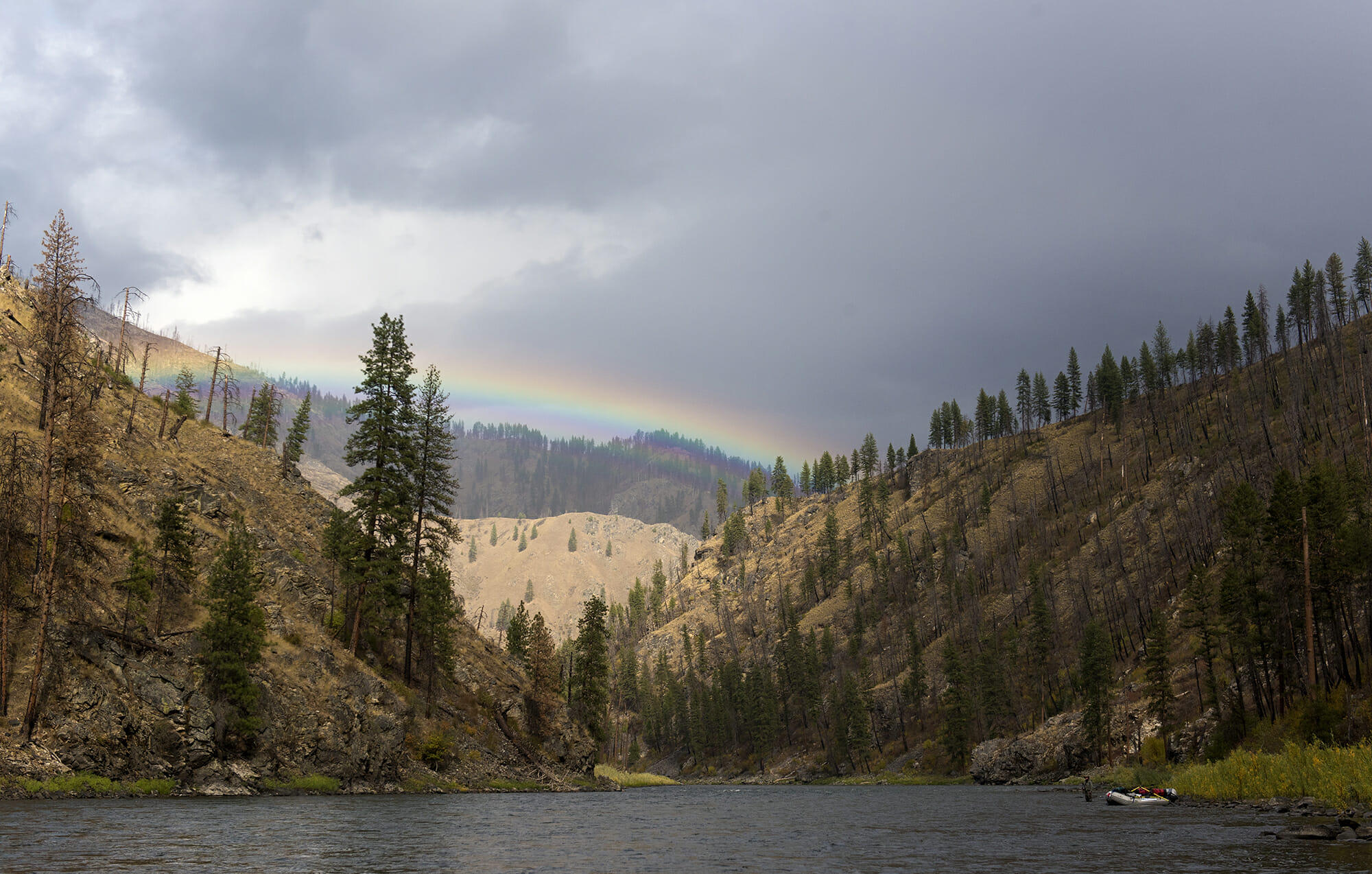One of the great mythologies in America is that conservation is a “zero-sum game”—a term used by economists when the gain of one person is offset by the loss of another. Conservation is often, for example, described as “job-killing,” or pitting fish and wildlife versus people.
Congressman Mike Simpson’s (R-ID) proposal to re-imagine the relationship between power production, salmon, and the people of the Pacific Northwest puts the lie to the myth.
In a video released last night, Congressman Simpson said that after two years of talking to hundreds of experts, scientists, and affected communities and interests, he has determined that the only way to recover Snake River salmon and steelhead is to remove (or bypass) the four lower Snake River dams.

The removal of the dams would become the cornerstone of a broader effort to stop the decades-long salmon wars, during which conservation interests win in the court but lose in the river. His proposal would provide stability and certainty by replacing the lost power of the dams, and effectively placing a 35-year moratorium on litigation over salmon in the region. Agricultural interests who participate in clean water collaborative stewardship would similarly be exempt from litigation over the Endangered Species and Clean Water acts.
Communities such as Lewiston that depend on the dams would be provided with significant financial resources for economic development. Tourism would be enhanced by the creation of the Lower Snake Recreation Area in the restored sections of the river. Irrigators and farmers would be guaranteed the investments to ensure that they do not lose their water supplies, and that they will still have a way to transport their produce to downstream markets.
The Bonneville Power Administration, which has overseen the least successful $18 billion salmon recovery in the history of the world, would be relieved of the business of managing salmon and steelhead. That responsibility will be turned over to Idaho, Washington, Oregon, and Montana, as well as the tribes who have seen the fish that sustained and defined their people for millennia decline to one percent of historic numbers.

Scientists tell us that an average of 23 percent of smolts, i.e., healthy young salmon, are lost per dam on their outward migration to the ocean. This includes mortality as they pass through or around the dams, mortality during transit through 140 miles of slow-moving and predator-ridden bath-water reservoirs, and the “delayed mortality” that occurs in the estuary and ocean following their life-sucking journey.
Congressman Simpson’s proposal is bold and demonstrates the kind of leadership we hope for in our elected leaders. This is not uncommon in Idaho, where 15 years ago, then Governor Jim Risch (R-ID) led an effort to protect Idaho’s nearly nine million acres of Forest Service roadless areas while also making-whole the timber industry, adjacent communities, recreation interests, and others.
Conservation is best defined as the application of common sense to common problems for the common good. Congressman Simpson is proposing the single largest river restoration in the history of the nation, and doing so in a way that would leave behind none of the communities of place or interest that today depend on the dams.
Salmon in Idaho likely have four to five generations before they become extinct; not human generations but fish generations—16 to 20 years.
Please contact your member of Congress and ask them to join us in helping Congressman Simpson to recover Pacific salmon to the Snake River in a way that helps people and communities, too.
We are running out of time.
Visit www.tu.org/lowersnake to learn more about the effort to save Snake River salmon and steelhead, and how you can help.



